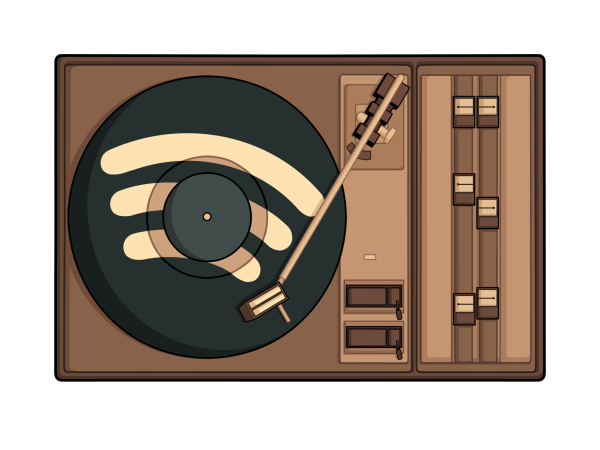Clothing at a Cost: How Inherent Privilege Plays a Role in What’s Trending
In a generation immersed in social media and buffeted by erratic trends, an up-to-date wardrobe may feel necessary in order to keep up. Many people, however, cannot afford to fund such a fluid style — namely, people in marginalized communities such as Black, Brown, Native, and LGBTQ people. The correlation between marginalization and poverty is shocking, and it highlights the disadvantages these people face on an everyday basis. It also explains why niche fashion often emerges from and prospers in oppressed communities: the people in these communities do not have access to the same expensive clothing in the same large amounts that generally privileged social media influencers do.
According to the United States Census Bureau’s 2021 findings on poverty across races, non-Hispanic white people are the race that experience the lowest poverty rates: a mere 8.1% compared to the 19.5% of Black people and 24.3% of Native Americans, the two groups with the highest poverty rates.
Sexuality and gender identity also contribute to higher rates of poverty, as shown by a study conducted by the University of California, Los Angeles in 2019. The study found that LGBTQ people had a poverty rate of 21.6% and transgender people 29.4%, whereas only 15.7% of cisgender heterosexual people experience poverty.
Since at least the year 1990, the U.S. Census Bureau’s surveys have also illustrated a clear difference between the poverty rates of men and women. Though that difference is only 2.1% as of 2021, women have retained a higher poverty rate for a minimum of thirty years.
Poverty is evidently more common among those who face systemic discrimination, and trendy clothes are expensive. Urban Outfitters, PacSun, Lululemon, and other popular stores are certainly not cheap enough for someone shopping on a budget, so places like Target, Old Navy, and SHEIN are more realistic wardrobe suppliers. The issue with most affordable brands is that they stock out-of-style pieces, support fast fashion, or both, as is the case of the three brands previously listed. Those with less money are stuck with unethically produced or unfashionable clothing, which makes it harder to dress the way society wants them to.
Because of this, some people in poverty turn to alternative styles like punk or grunge, which are historically based around looking unique in cheap and durable clothing. Due to the high price tags and immoral practices of trendy clothing brands, people of color, LGBTQ people, and women experience fashion in an unconventional manner. It is important to keep in mind how limited these people’s clothing choices are and that judging them for eccentric or ethically questionable style choices only serves to marginalize them further.




